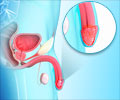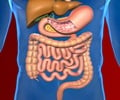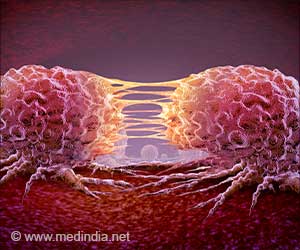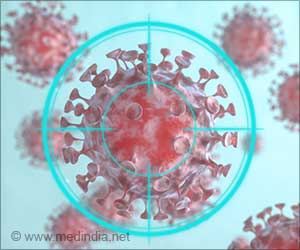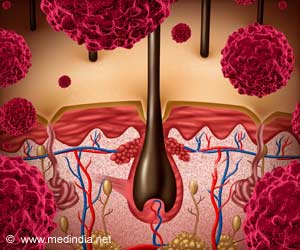
‘Edinburgh Pain Assessment and management Tool (EPAT) is a simple way to manage pain and makes patients comfortable at all stages of cancer.’
Tweet it Now
Researchers at the University of Edinburgh worked with doctors to develop the Edinburgh Pain Assessment and management Tool (EPAT) - a pen and paper chart which medical staff use to regularly record pain levels in a simple traffic light system.Amber or red pain levels indicating moderate or severe pain prompts doctors to review medications and side effects and monitor pain more closely.
The trial looked at pain levels in almost 2000 cancer patients over five days, following admission to regional cancer centers.
Patients whose care included use of the chart reported less pain during this time, compared with patients with standard care, who did not show an improvement.
Importantly, use of the chart was not linked to higher medicine doses. Authors suggest that it works by encouraging doctors to ask the right questions and reflect on pain medications and side effects more frequently, before patients reach a crisis point.
Advertisement
The study was published in the Journal of Clinical Oncology and was funded by Cancer Research UK.
Advertisement
Martin Ledwick, Head Information Nurse at Cancer Research UK, said: "In most cases it should be possible for cancer pain to be controlled if it is assessed and managed effectively. Any work that encourages medical teams to assess and monitor pain more carefully to help this happen has to be a good thing for patients."
Source-Eurekalert

